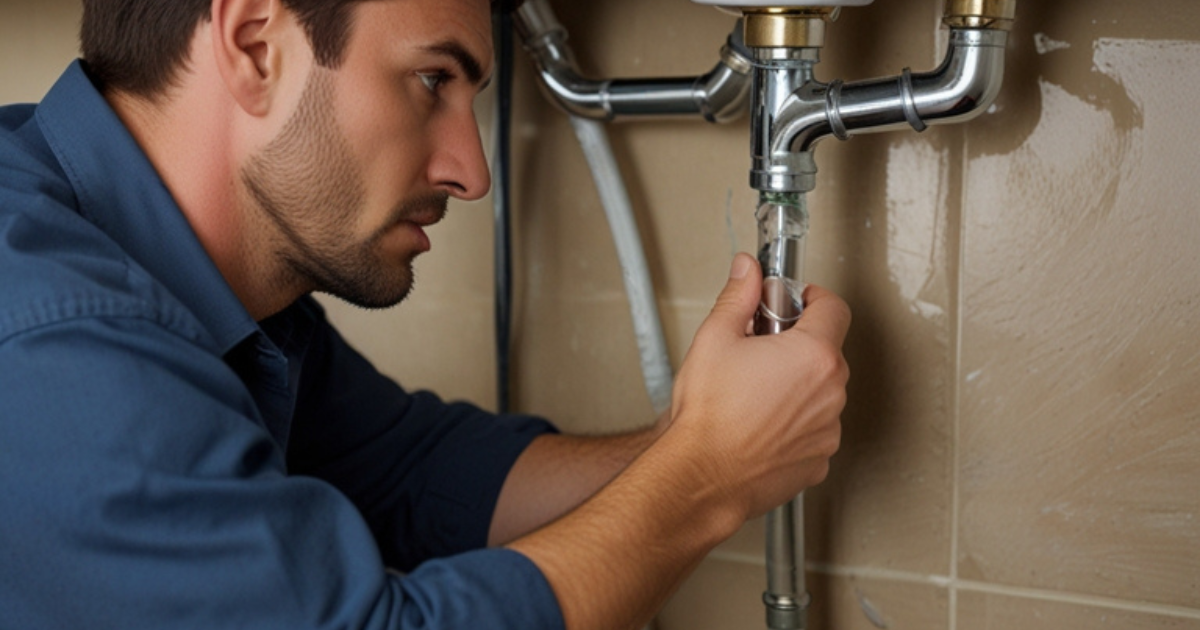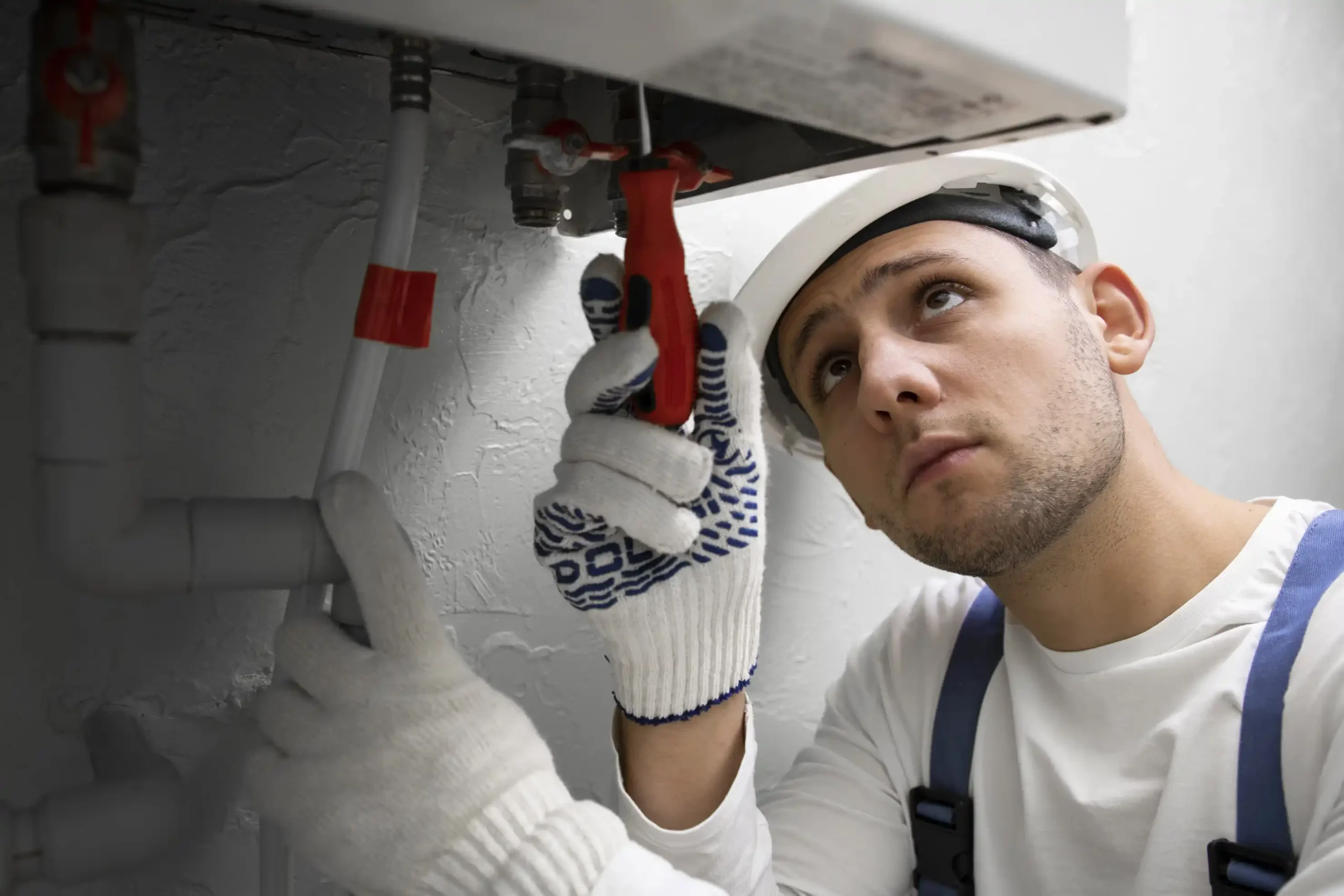Hiring a plumber is supposed to solve your home’s water-related issues, but what happens when a plumber’s work ends up causing water damage to your property? Whether due to an accident, negligence, or poor workmanship, water damage can result in costly repairs, structural issues, and severe headaches for homeowners.
If you find yourself in this situation, it’s important to act quickly and efficiently to minimize damage and hold the responsible parties accountable. In this article, we’ll walk you through exactly what to do when a plumber causes water damage in your home, covering everything from immediate steps to take to how to file insurance claims and handle legal matters.
Understanding the Causes of Plumber-Induced Water Damage
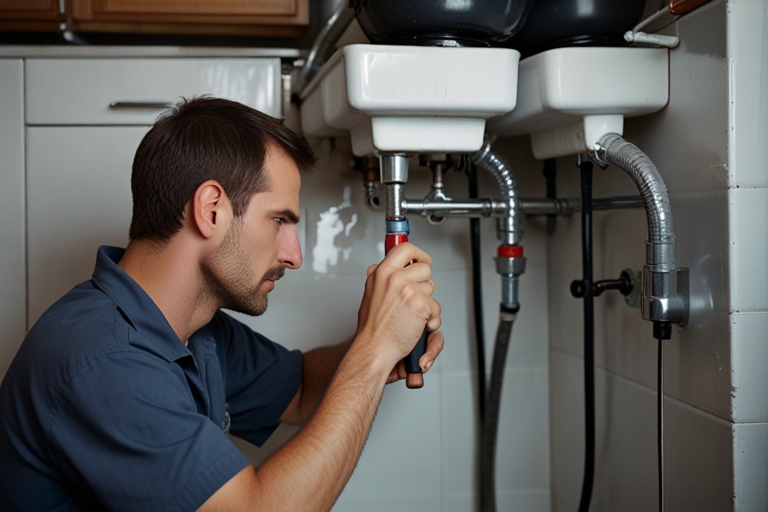
Before diving into the steps you need to take, it’s important to understand how water damage caused by a plumber can occur. Common scenarios include:
- Burst pipes: Plumbers may accidentally rupture pipes during repairs or installations, leading to flooding or leaks.
- Incorrect installations: Faulty installations of faucets, toilets, or water heaters can cause gradual leaks that lead to water damage over time.
- Loose connections: A poorly secured connection between pipes or fittings may not cause immediate damage, but over time, it can result in water leakage that damages walls, floors, and ceilings.
- Accidental damage during repairs: When fixing or replacing old pipes, a plumber might inadvertently damage other areas of the plumbing system or cause water to seep into unexpected places.
Once water damage occurs, time is of the essence to prevent further destruction. Now let’s move on to what you should do if this happens in your home.
Immediate Steps to Take After Water Damage
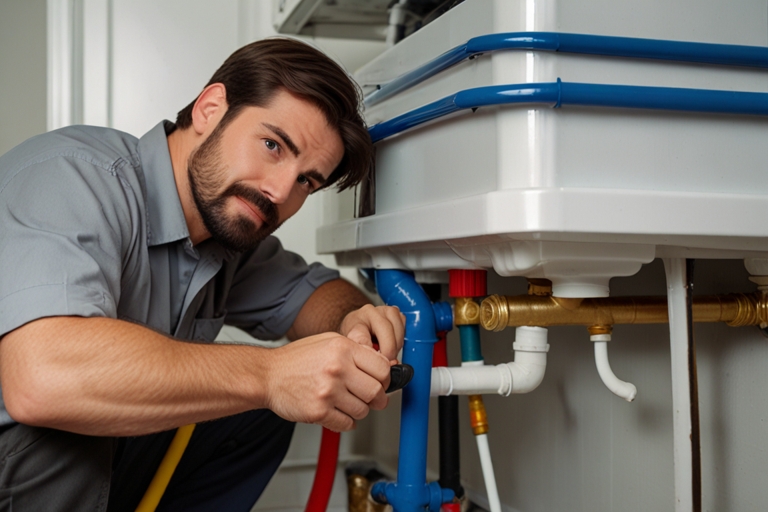
1. Turn Off the Water Supply
The first and most crucial step when you notice water damage is to shut off the water supply immediately. This action can prevent further flooding and reduce the amount of damage to your home. Find the main water shutoff valve, which is usually located near your water meter, and turn it off. If the damage is localized (for example, from a specific fixture like a sink or toilet), you can turn off the individual valve for that fixture.
Also read: Best Stainless Steel Cleaner for Water Spots
2. Assess the Extent of the Damage
Once the water is turned off, carefully assess the extent of the damage. Look for:
- Visible leaks or areas of standing water
- Wet walls, ceilings, or floors
- Signs of mold growth in areas exposed to water
- Electrical hazards where water has reached outlets or wiring
Take photos or videos of the damage as evidence. These will be invaluable when discussing the issue with your plumber, insurance company, or potential contractors for repairs. Documentation is also crucial for any legal action you may need to pursue.
3. Contact the Plumber Immediately
If the water damage was caused by the plumber’s mistake, contact them right away to inform them of the issue. A professional plumber should be willing to address the problem and take responsibility for their error.
- Explain the damage and how it occurred.
- Ask them to return to the site to assess the problem.
- Clarify whether they carry liability insurance that could cover the cost of repairs.
It’s important to remain calm and professional when communicating with the plumber. In most cases, they will want to resolve the issue and protect their reputation.
Steps for Minimizing Water Damage
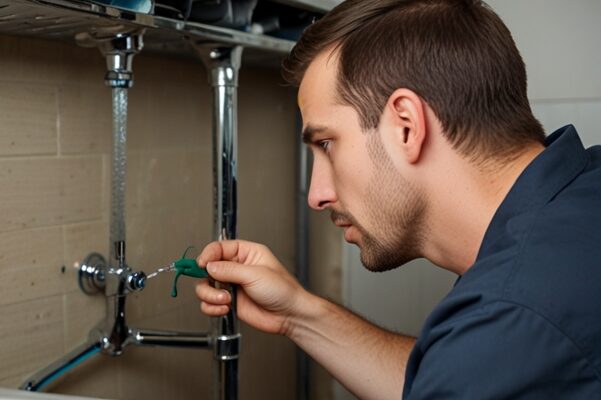
1. Remove Standing Water
If there is standing water in your home, it’s important to remove it as soon as possible to prevent further damage. Depending on the amount of water, you can use a:
- Wet/dry vacuum for small puddles.
- Buckets and towels for larger areas of standing water.
- Professional water extraction service for more extensive flooding.
Removing the water quickly helps prevent further damage to flooring, walls, and other structural elements. It also reduces the risk of mold growth, which can start within 24-48 hours of water exposure.
2. Dry Out Affected Areas
After removing the standing water, it’s essential to dry out the affected areas. You can use:
- Fans and dehumidifiers: These can help circulate air and remove moisture from the air, speeding up the drying process.
- Open windows and doors: If weather permits, open windows and doors to allow fresh air to flow through the home, which can help reduce moisture levels.
- Dry towels and cloths: Use these to wipe down surfaces and absorb any remaining moisture.
Be thorough in drying out the area, especially if water has seeped into carpets, behind walls, or under flooring, as these areas are prone to hidden mold growth.
3. Check for Mold Growth
If water damage has been left unaddressed for more than a day, you’ll need to inspect for mold growth. Mold can spread quickly in moist environments and can pose serious health risks. Look for:
- Black or green spots on walls, ceilings, or floors.
- Musty odors in areas affected by water.
If mold is present, you may need to hire a professional mold remediation service to address the issue, especially if the affected area is large.
Handling the Plumber’s Liability and Insurance
1. Check for the Plumber’s Insurance Coverage
Professional plumbers should carry liability insurance, which can cover the cost of any damage they accidentally cause while performing repairs or installations. When contacting the plumber, ask if they have insurance and request the details of their coverage.
- The plumber’s insurance policy may cover the cost of repairs to the damaged areas.
- If the plumber is unwilling to provide insurance details, you may need to escalate the matter and consider legal action.
Also read: 40.0 UHF 2G EchoStar Technologies LLC 186217
2. File a Home Insurance Claim
If the plumber’s insurance doesn’t cover the damage, or if the damage is extensive, you may need to file a homeowner’s insurance claim. Homeowner’s insurance often covers water damage, especially if it was accidental.
- Contact your insurance provider: Inform them of the situation and provide documentation, including photos and videos of the damage.
- Submit a detailed report: Include the plumber’s name, the work they performed, and how the damage occurred.
- Get a professional assessment: Your insurance company may send an adjuster to evaluate the damage before approving the claim.
Make sure to act quickly, as delays in reporting water damage could complicate your insurance claim process.
3. Consider Legal Action if Necessary
If the plumber refuses to take responsibility for the damage, and their insurance won’t cover the repairs, you may need to seek legal action. Depending on the situation, you could file a lawsuit to recover damages. Consulting with an attorney who specializes in construction disputes or contractor negligence can help you determine the best course of action.
Repairing the Water Damage
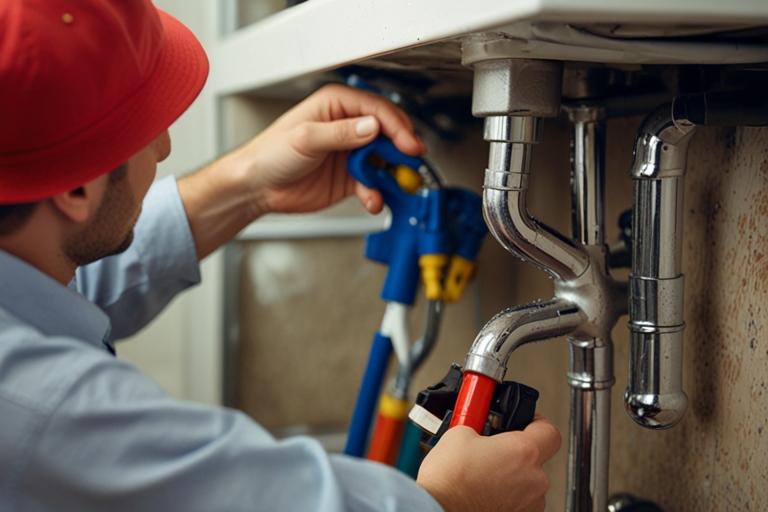
1. Hire a Professional Contractor for Repairs
Water damage can range from minor to severe, and in many cases, it requires professional repair work. Depending on the extent of the damage, you may need to:
- Replace drywall: Water-damaged walls may need to be removed and replaced.
- Fix flooring: Wooden floors may warp or swell due to water exposure, requiring refinishing or replacement.
- Inspect for electrical issues: If water has reached electrical outlets or wiring, it’s essential to hire an electrician to check for safety hazards.
Make sure to get quotes from multiple contractors to ensure you’re getting a fair price for the repair work.
2. Prevent Future Water Damage
Once the repairs are complete, take steps to prevent future water damage:
- Inspect plumbing regularly: Have your home’s plumbing checked annually by a licensed plumber.
- Install water sensors: These can alert you to leaks before they cause significant damage.
- Ensure proper drainage: Make sure your home’s drainage system is functioning correctly to avoid backups and flooding.
Conclusion
When a plumber causes water damage, it can be a stressful and overwhelming situation. However, by taking the right steps immediately—such as turning off the water, documenting the damage, and contacting the plumber—you can minimize the impact. Don’t forget to explore your options with insurance, and if necessary, seek legal assistance to recover damages.
With the right approach, you can resolve the situation effectively and ensure your home is repaired to its original condition.






